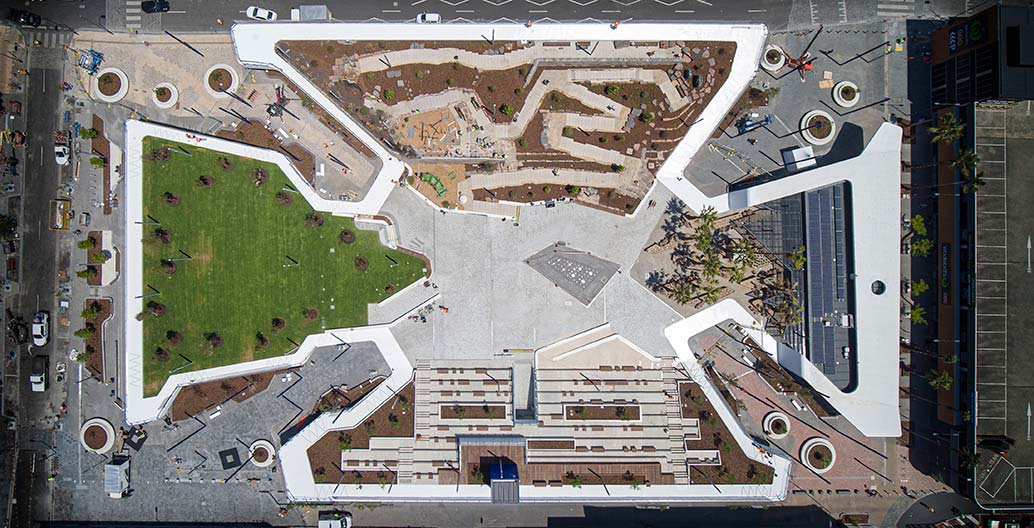
The Foreground five: February’s most-read stories
A feature on one of Australia’s most significant new public spaces understandably drew the lion’s share of our reader’s attention in February.
1. Paved for the people: In Melbourne, a parking lot has become a public square
“They paved paradise and put up a parking lot,” sings Joni Mitchell. But at Prahran Square, almost the reverse took place. Lyons Architecture and Aspect Studios have transformed a carpark into an urban sanctuary of sorts, an island of open space and amenity in Melbourne’s rapidly densifying suburbs.
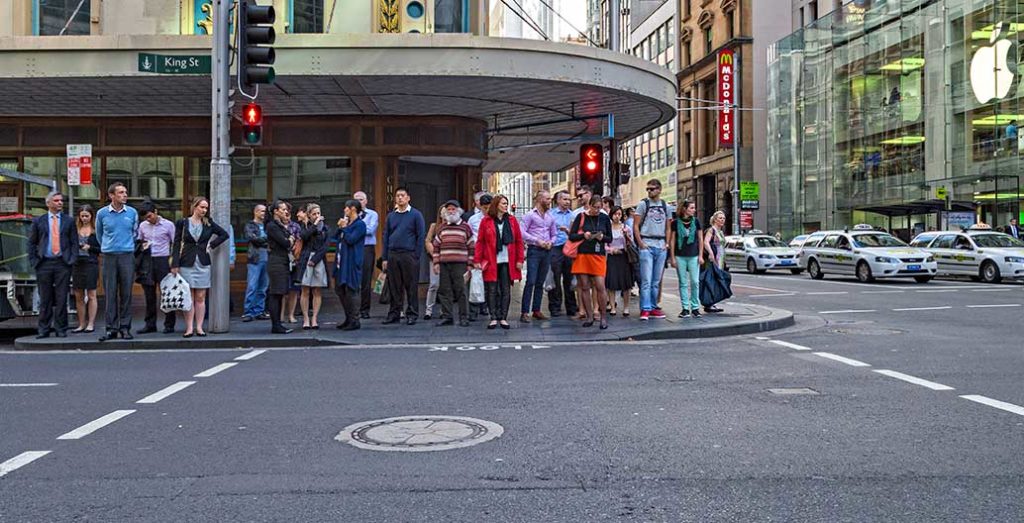
2. To get our cities moving again, we need a new kind of urban professional
In this extract from his new book The 30-Minute City, David Levinson argues that in designing our cites, we need ‘Urban Operations’ experts who can straddle the realms of both strategy and tactics.
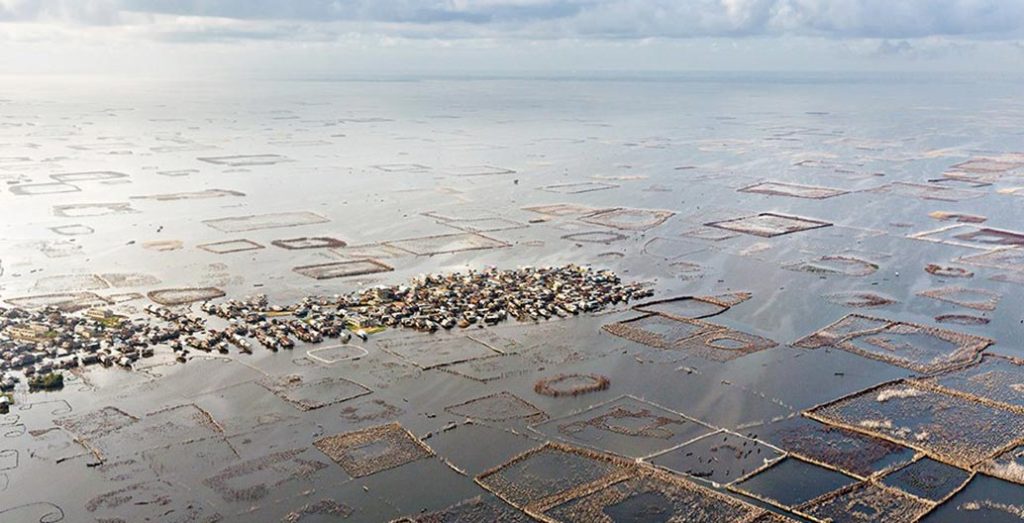
3. Ancient infrastructure, resilient future: Julia Watson’s ‘Lo-TEK’ vision for sustainable cities
A new book by landscape architect Julia Watson reveals lessons from indigenous building practices that might help our cities weather the worst of climate change.
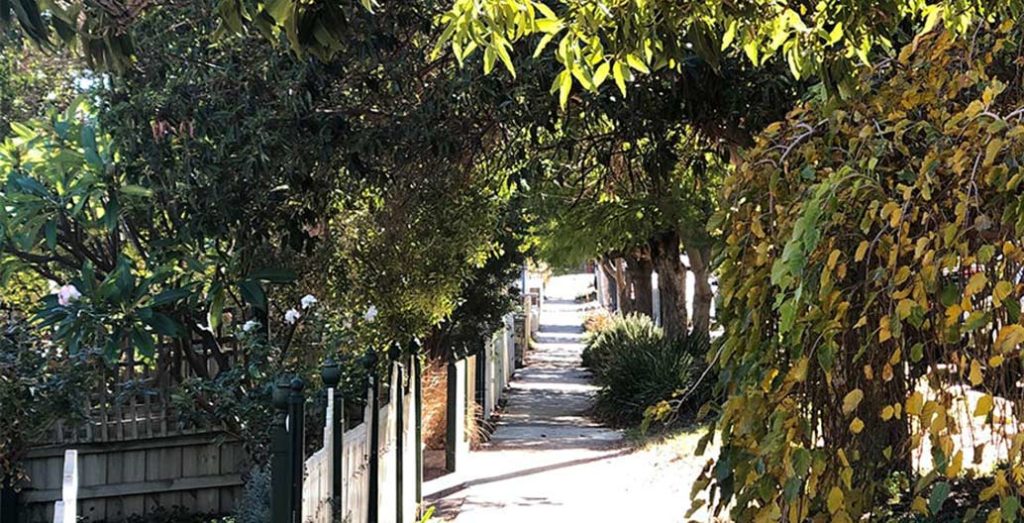
4. Biodiversity and our brains: How ecology and mental health go together in our cities
Encouraging physical activity is still the mainstay of urban planning efforts towards healthier cities, but sensory encounters with biodiverse environments can have profound benefits for our mental health.
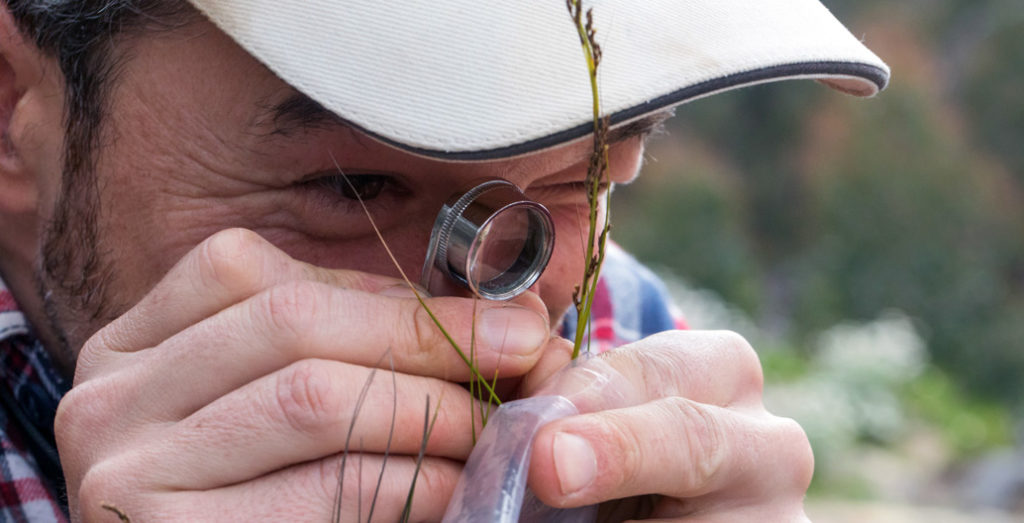
5. How the Royal Botanic Gardens Victoria is saving flora from climate disasters
Almost 26 million acres have burnt in Australia since November 2019. Enormous effort is needed to help bush recovery and to plan for future fire seasons. Foreground spoke with Tim Entwisle, Director and Chief Executive, Royal Botanic Gardens Victoria, about the Gardens’ vital and varied work.


